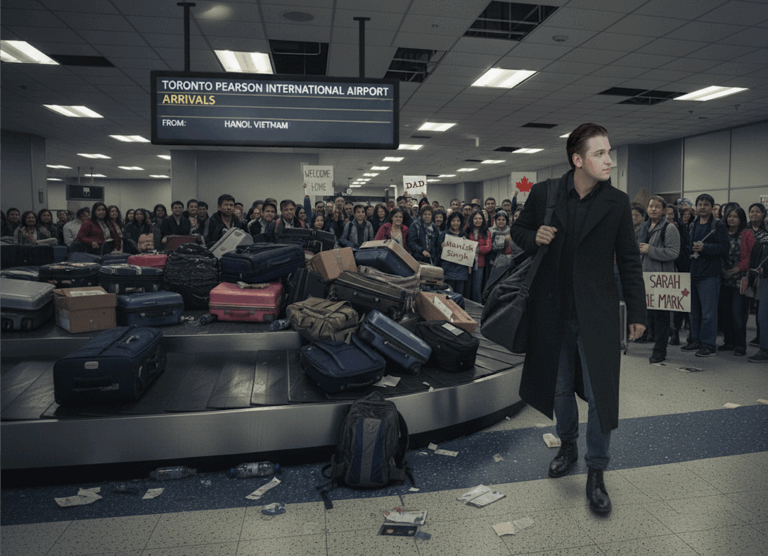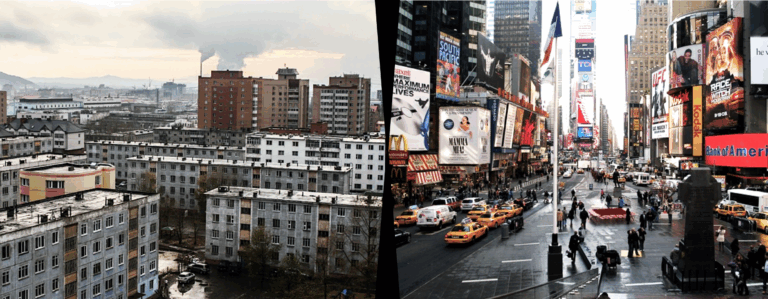Not so long ago, a $10 million government infrastructure project was regarded as a significant expenditure. Nowadays, $10 million doesn’t come close to funding projects as simple as a firehall or new police station. Here in the Victoria region, a new firehall in the District of Saanich, originally budgeted at $25.6 million, has jumped to nearly $45 million over four years – and construction has barely begun. The facility will support 10 firefighters. In the Langford District, the estimated cost of a new RCMP building is an incomprehensible $82 million – and of course, nothing has actually been done yet, so this price tag will surely soar. Just north of Victoria, the cost of what was to be a simple flyover eliminating a dangerous left turn across the busy Patricia Bay Highway has spiked from its original estimate of $44 million to $77 million.
These cost increases seem big to us here on “Fantasy Island”, but they would amount to a rounding error in mega-city Toronto. The Ontario Line, a 15.6-kilometre light-rail transit line connecting the Science Centre to Ontario Place, was budgeted at $10.9 billion when first announced in 2019. A series of updates have seen the cost balloon to an estimated $19 billion – an increase of more than 70 percent – with the completion date pushed out by four years to 2031. Expect more cost increases to be announced.
These are just a few examples of municipal and provincial cost increases and overruns. The story is similar from coast to coast, with no project type or size in any municipality or province immune to an unsettling syndrome that seems to prevent nearly anything from being planned cost-effectively and then delivered on budget. Obviously, the total for all such projects planned or underway across Canada is immensely higher – surely in the tens of billions of dollars.

Now for the project mismanagement champion of all. Statistics Canada data show that federal capital infrastructure project expenditures totalled $24.1 billion in the period 2018-2021 (the most recent year for which figures are available). Given that Ottawa bureaucrats are famous for mismanaging virtually every project (think of the notorious ArriveCAN app, whose development blew through $54 million to yield a buggy software tool that private-sector geeks could have cranked out for $80,000), there can be no doubt that a lot of those billions were to pay for overruns resulting from a combination of sloppy design specifications and poor execution.
But now the Trudeau government has added costly “social justice” specifications to federal procurement requirements, including participation by ethnic minorities, disabled persons and diverse genders, plus other elements of woke ideology. These elements were clearly demonstrated in what I’ll call “The Great Helicopter Hangar Saga”. The following is a recollection from sources I know to be completely reliable.
The Canadian Forces’ 443 (Pacific) Maritime Helicopter Squadron’s hangar had been located adjacent to the Victoria Airport for many years. In November 2004, the Department of National Defence (DND) announced the award of a $1.8 billion contract for 28 Sikorsky CH-148 Cyclone helicopters, of which a number were to be based on Vancouver Island. A new hangar was required, which seems reasonable. DND engineers designed a facility that would meet the squadron’s needs at an estimated cost of roughly $18 million. Then they handed the project to Public Works and Government Services Canada. That’s when the project entered an ephemeral space resembling the old sci-fi TV series The Twilight Zone.
Elevators were ordered equipped with Braille at the control buttons plus voice recognition – along with full wheelchair accessibility. Members of the military joked that all these extras must be for the ‘blind and disabled pilots’. By the time the new hangar was handed back to the military, the DND’s $18 million project had skyrocketed to a staggering $155 million.
Public Works decided the hangar needed to be able to “sustain operations” in the event of a magnitude 8.0 earthquake – an incomprehensible decision for several reasons. First, 8.0 on the Richter Scale is seven times larger than the most severe earthquake ever recorded on Vancouver Island. Second, the severity of earthquake damage at any given location depends on its subsurface. Buildings sitting on soil and gravel suffer much more damage than those built on bedrock because the soft material changes from behaving like a solid to behaving like a thick liquid, amplifying the ground’s shaking. The Pacific Maritime Helicopter Squadron’s hangar was located on solid bedrock. That alone made it highly earthquake-resilient.
But the Public Works technocrats were oblivious to those facts, or didn’t care. Instead, their design demanded steel piles driven into the bedrock at a cost of $8 million. That alone reportedly delayed the project by two years. Cross-bracing of the interior wall openings added more millions. When construction of the actual building finally began, government bureaucrats specified more office space, locker and “administrative security” facilities than what the DND had considered necessary, adding more costs.
Then came the woke-related costs. In determining the contract award, Public Works required First Nations involvement both as subcontractors and in the workforce, extensive gender diversity and complete disabled access. Elevators were ordered equipped with Braille at the control buttons plus voice recognition – along with full wheelchair accessibility. Members of the military joked that all these extras must be for the “blind and disabled pilots”. By the time the new hangar was handed back to the military, the DND’s $18 million project had skyrocketed to a staggering $155 million.

In July 2019, Phillip Cross wrote an inciteful column for the Financial Post entitled, “Why governments keep screwing up major infrastructure projects”. As Cross put it, “Prominent studies of domestic and international public infrastructure projects found cost overruns averaged between 45 and 86 percent.” Why? In Cross’s view, a big part of the problem is that “public projects suffer from a lack of accountability. Governments evaluate projects not according to the performance-based criteria of the private sector, but by their conformity to rules and processes.”
Cross’s points are well-taken and illustrated by circling back to our Saanich Firehall example. The new facility’s 23,476 square feet will incur a construction cost of over $1,900 per square foot (assuming the new $45 million budget is big enough). That is six to nine times typical construction costs for commercial buildings which, as this report shows, average $200-$300 per square foot. And while a firehall may well be a bit more sophisticated and hence costly to build than, say, a retail strip mall, the Saanich firehall’s costs are also wildly out of proportion to any class of construction, as the fascinating accompanying chart shows. As you can see, it lists a range of $415-$485 per square foot for emergency services buildings. Even technology-heavy, highly customized construction categories like hospitals and data centres come in at no more than $805 and $1,055 per square foot, respectively. Clearly, something is seriously wrong in Saanich and many other locations across Canada.
 Outrageous by any standard: The ballooning construction costs of recent public-sector projects are many times higher than 2022 averages for all categories – even in a high-cost market like Vancouver. (Source of graph: Statista)
Outrageous by any standard: The ballooning construction costs of recent public-sector projects are many times higher than 2022 averages for all categories – even in a high-cost market like Vancouver. (Source of graph: Statista)This evidence of dysfunctional project mismanagement comes at a time when public infrastructure spending is at record levels, dominated by the Justin Trudeau government’s $33 billion 2023-24 infrastructure project budget and sure to be made even more dysfunctional and costly by the Liberals’ surreptitious implementation of woke ideology. When will Canadians awaken and rise up against a government that defies the values of honesty and openness our country was built on?
Gwyn Morgan is a retired business leader who was a director of five global corporations.
Source of main image showing Vancouver’s Broadway Subway project: BC Ministry of Transportation and Infrastructure; retrieved from ReNew Canada.






